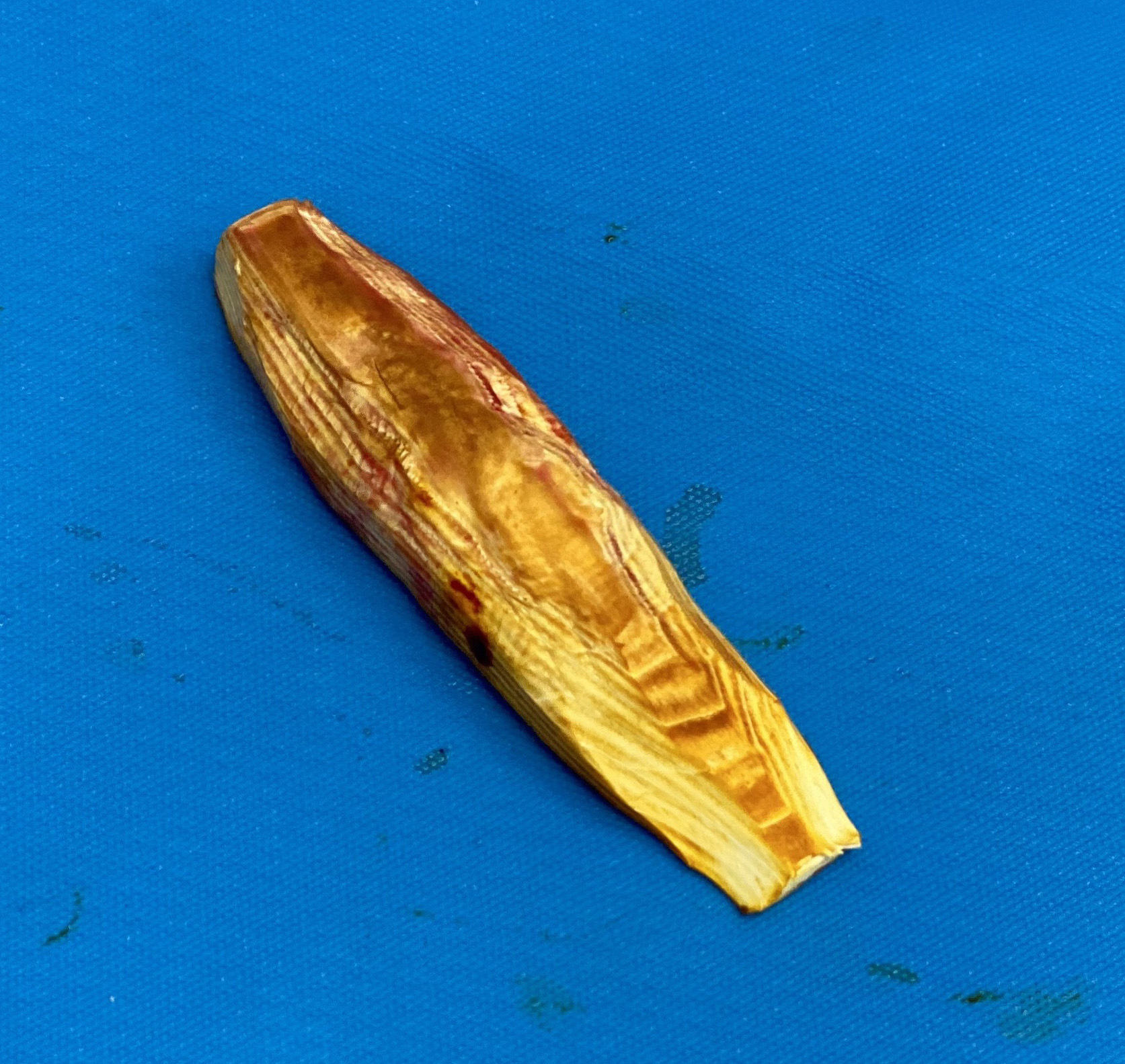Background: Augmentation rhinoplasty can be done using either synthetic implants or autologous cartilage grafts. Each approach has its distinct advantages and disadvantages and debates have existed amongst rhinoplasty surgeons for decades about the merits of each approach. But around the world the most common method of augmentation rhinoplasty probably used is with an implant for the simple reason it is the easiest and quickest to perform.
One of the key distinctions in implant augmentations is whether the implant used is a dorsal or dorsocolumellar style. This is seen as either a straight or L-shaped implant. The difference is that the intent of the dorsocolumellar style is to augment the tip of the nose as well as that of the bridge. Usually this implant style is placed under the dome of the lower alar cartilages and down between their medial footplates. But this can be a precarious location for an implant given the thin mucosal lining on each side. And it also relies on having a straight caudal end of the septum on which to rest.
The other consideration in nasal implants is their material composition. Historically the most popular nasal implant material was silicone and this may still be true today on a global basis. Other materials have emerged as good alternatives to silicone such as Gore-tex. (ePTFE) Because of ePTFE’s microfibrillar surface the surrounding soft tissues will adhere to the implant, decreasing the risk of postoperative migration of the implant. The material is also easy to carve during surgery using a scalpel.
Case Study: This male had a prior rhinoplasty using a silicone implant. He desired further augmentation of the bridge as well as that of the tip. He also had a prominent bump just inside the left nostril just under the alar rim
Under general anesthesia and initially through an intranasal incision the bump was revealed to be the cut end of the silicone dorsocolumellar implant. The implant was then removed showing it to be modified with the columellar component partially cut off.
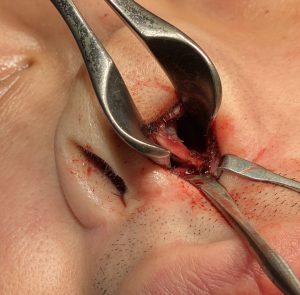
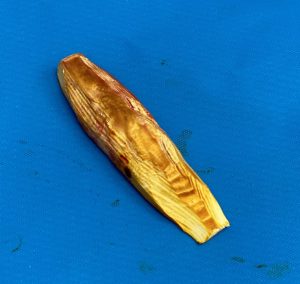
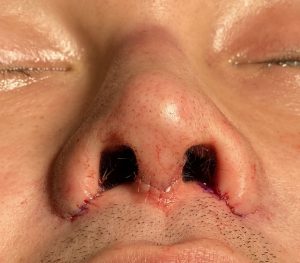
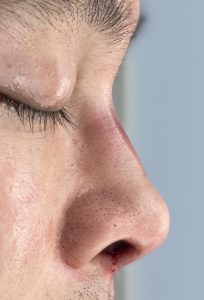
Implants in the nose work best and have the lowest incidence of complications when they are used as for dorsal augmentation only. The pressure of an implant on the nasal tip skin is a recipe for future complications and should be reserved for autologous tissue grafts.
Case Highlights:
1) Implant replacement in augmentation rhinoplasty should be focused in the dorsum and not the tip of the nose.
2) Augmentation of the tip of the nose should always be done with autologous tissues to avoid complications.
3) Nostril narrowing is often beneficial after tip augmentation/narrowing.
Dr. Barry Eppley
Indianapolis, Indiana

